Safer Protein Powder Use — One-Page Cheat Sheet (with Whole-Food Swaps)
Source: Consumer Reports investigation (Oct 14, 2025). In CR’s lots tested, >2/3 of powders/RTDs had more lead per serving than CR’s conservative daily “level of concern” (0.5 µg/day). Plant-based averaged ~9× the lead of whey; ~2× beef-based.
TAP HERE FOR THE CONSUMER REPORTS ARTICLE! - https://www.consumerreports.org/lead/protein-powders-and-shakes-contain-high-levels-of-lead-a4206364640/
Health context: FDA interim reference level (adults) = 8.8 µg/day; average U.S. diet ≈ 5.3 µg/day already. Aim to minimize cumulative exposure, especially for kids and pregnancy.
1) Do you actually need a powder?
Most people can hit protein with food:
Greek yogurt, cottage cheese, eggs/egg whites
Poultry, lean beef, fish
Tofu, tempeh, beans, lentils
Rule: Use powders strategically, not as a daily default.
2) If you use a powder, reduce risk
Prefer whey (if tolerated): in CR’s testing, whey averaged lower lead than plant/beef.
Check certifications: NSF / Informed Choice (likely to be safer since supplements are not checked by the FDA.
Look for published heavy-metal results (few brands share; ask).
Watch for Prop 65 warnings (a caution flag).
Dose matters: smaller scoops = less exposure.
Extra caution: children, pregnancy.
3) Daily-use quick rules (if you must)
Favor products <100% of CR’s 0.5 µg/day per-serving concern.
Don’t stack multiple “high-protein” fortified foods the same day.
Prioritize WHOLE FOODS over supplements.
4) Build-a-Plate (simple template)
Protein (25–40 g) + High-fiber carb + Veg + fat
Keep meals satisfying so you don’t need shakes to “fill gaps.”
5) Whole-Food Protein Swaps (≈25–40 g/meal)
Breakfast
Greek Yogurt Bowl
1–1¼ cups nonfat Greek yogurt (20–25 g) + berries + ¼ cup high-fiber cereal or measured granola (+3–5 g) → 23–30 gEgg + Egg Whites + Toast
1 whole egg (6 g) + 6 oz egg whites (18–20 g) + 1–2 slices high-fiber toast (+4–8 g) → 28–34 gCottage Cheese Bowl
1¼–1½ cups low-fat cottage cheese (28–36 g) + fruit/cinnamon → 28–36 g
Lunch/Dinner
Chicken Plate
5–6 oz chicken breast/tenderloins (35–40 g) + rice/quinoa + big veg → 35–40 gLean Beef Plate
5 oz 96% lean beef (30–33 g) + potatoes + veg → 30–33 gTofu/Tempeh Stir-Fry
7–8 oz extra-firm tofu (24–28 g) or 6–7 oz tempeh (30–35 g) + veg; use measured oil → 24–35 gLentil Bowl
1½ cups cooked lentils (27 g) + veg + 2 Tbsp hemp seeds (+6 g) → 33 g
Snacks / Light Meals
Deli Roll-Ups
4–6 oz sliced turkey/chicken (24–36 g) + pickles/mustard in a high-fiber wrap → 25–35 gYogurt Parfait
¾–1 cup Greek yogurt (15–20 g) + 2 Tbsp peanut powder (PB2) (+6–8 g) → 21–28 gTuna Mash
1 can tuna (22–25 g) + light Greek-yogurt mayo mix on high-fiber crackers → 25–30 g
“Shake” Without Powder
Food-Based Smoothie
1 cup nonfat Greek yogurt (20–23 g) + frozen berries + spinach + water/ice; sweeten to taste → 20–25 g
(Skip powders; add 2–3 Tbsp PB2 for +6–12 g if needed.)
6) What to avoid making routine
Daily plant-based powder reliance (especially pea-protein isolates) without any testing data.
Mass gainers/RTDs as meal replacements every day. (Honestly, meal replacements are completely unnecessary)
“Protein-fortified” everything (cereals, cookies, waters) stacking hidden exposures.
7) Talking points for clients/patients
Evidence > labels: Certifications are helpful, but you need to look at the numbers.
Powders are optional tools, not required for muscle gain or fat loss.
Satiety wins: Higher-protein meals beat grazing on shakes.
Progressive training + adequate protein drive results, not scoops.
Disclaimers & notes
Summary reflects Consumer Reports findings (Oct 14, 2025) on tested lots/timeframe; formulas/sourcing change.
CR’s 0.5 µg/day “level of concern” is conservative (not a legal limit) to keep cumulative exposure low.
Consult a clinician for pregnancy, pediatrics, renal disease, or other special situations.
